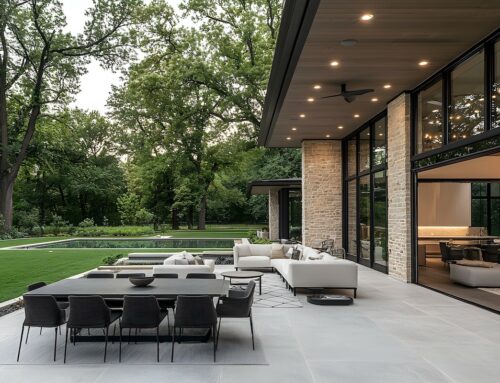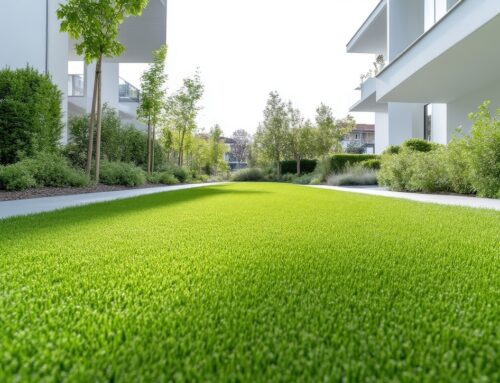Last Updated on February 17, 2022 by ReTurf
Artificial turf construction relies on a backing material to secure the grass fibers themselves. This provides turf stability utilizing a couple of material layers. These layers are the primary layer and the secondary layer.
The Primary Layer
The primary turf backing layer is based on either a woven or non-woven material. The primary purpose of this layer is to hold the artificial grass blades in place utilizing a method called tufting. Some manufacturers apply several layers of this material. When layered most manufacturers consider these “weights”. Weights referees to the durability and toughness of the combined layers. These layers can also be made up of different materials for combinations that provide different qualities of the final product.
This layer is primarily constructed with either polyester or polypropylene materials. These materials are both high strength and provide lasting qualities. This construction also allows for permanent bonding between seams. Seams are generally brought together with seaming tape and adhesive glue.
The Secondary Layer
The secondary layer, or secondary backing, is a final layer applied to the backside of the turf roll after the grass has been tufted into place. This is a liquid polyurethane or latex coating that is applied and allowed to cure. Once cured, this layer helps hold the grass blades in place while providing greater overall bonding strength and stability.
This layer is also perforated in order to provide drainage for the final artificial turf product.
To note, while both secondary layer materials perform their intended purpose, most artificial turf utilizes latex in order to reduce costs. Polyurethane coatings are considered better but have a higher price point.
Why Backing Is Important
Artificial grass quality can be determined by a few different factors, but oftentimes the largest factor in this equation is the quality of the backing. It is the backing that keeps the artificial grass blades in place and protects them from being ripped out. Both of these directly relate to the product’s strength and durability.
At the same time, artificial turf backings can have different purposes, which in the end will lead to different designs. There are some best overall practices considered when determining quality, but the design itself can vary greatly.



